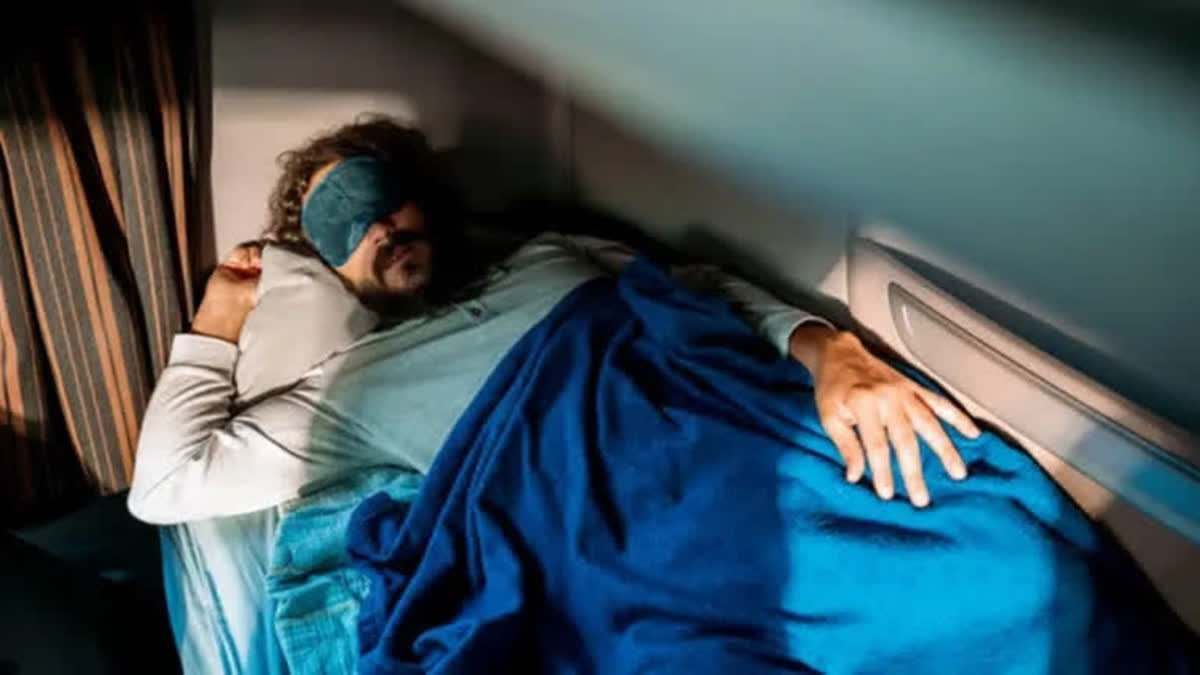New Delhi: Scientists tired out mice only to find that it triggered them to "build a nest", or in other words, to "get ready for bed".
The team of researchers, led by Imperial College London, made the mice sleepy by presenting them with Lego bricks and other toys every half an hour for five hours and preventing them from napping.
The researchers then observed their behaviour and brain activity when they were eventually allowed to fall asleep using optogenetics, whereby particular brain cells can be artificially activated by a flash of light. As the mice became progressively more tired, the prefrontal cortex at the top of the brain sent signals to the hypothalamus at the base of the brain, the researchers observed.
The hypothalamus houses instincts related to 'nest building' and wiring that triggers sleep, thereby setting off the "nest building" or "getting ready for bed" behaviour in mice. "In other words, when tiredness starts to wash over the mouse, the top part of the brain (the prefrontal cortex) decides to implement behaviour to make sure the mouse is in a safe place before going to sleep," said Kyoko Tossell, from the Department of Life Sciences at Imperial and an author on the study published in the journal Nature Neuroscience.
For some animals this "safe place" is especially important, as a burrow or nest provides a haven from predators. While the prefrontal cortex is known to help in rational planning, the hypothalamus is the brain's control centre which regulates many basic survival processes integral to the body's functioning, including eating, drinking and sleeping.
- Greek yoghurt may help tackle your garlic breath
- Vaping may increase asthma risk in adolescents, says study
- Traumatic brain injury may raise risk of heart diseases: Study
Thus, sleep preparatory behaviour is wired up in the top of the brain, the researchers concluded. "The fact that this process is hard-wired in mice shows that preparing properly for sleep is a survival feature used in nature, and so humans should take this aspect of their sleep seriously," said Bill Wisden, Chair in Molecular Neuroscience at Imperial and the study's co-corresponding author.
"Although it seems to us humans that we have a conscious control of the process of going to bed, it is very likely that the same wiring exists in the human brain as the mouse brain. "So, even if we think we are making a choice, we are probably governed by unconscious urges to prepare for bed as mice are," said Tossell.
The team now wants to understand further what makes the prefrontal cortex cells active during tiredness and how the brain actually senses tiredness.



